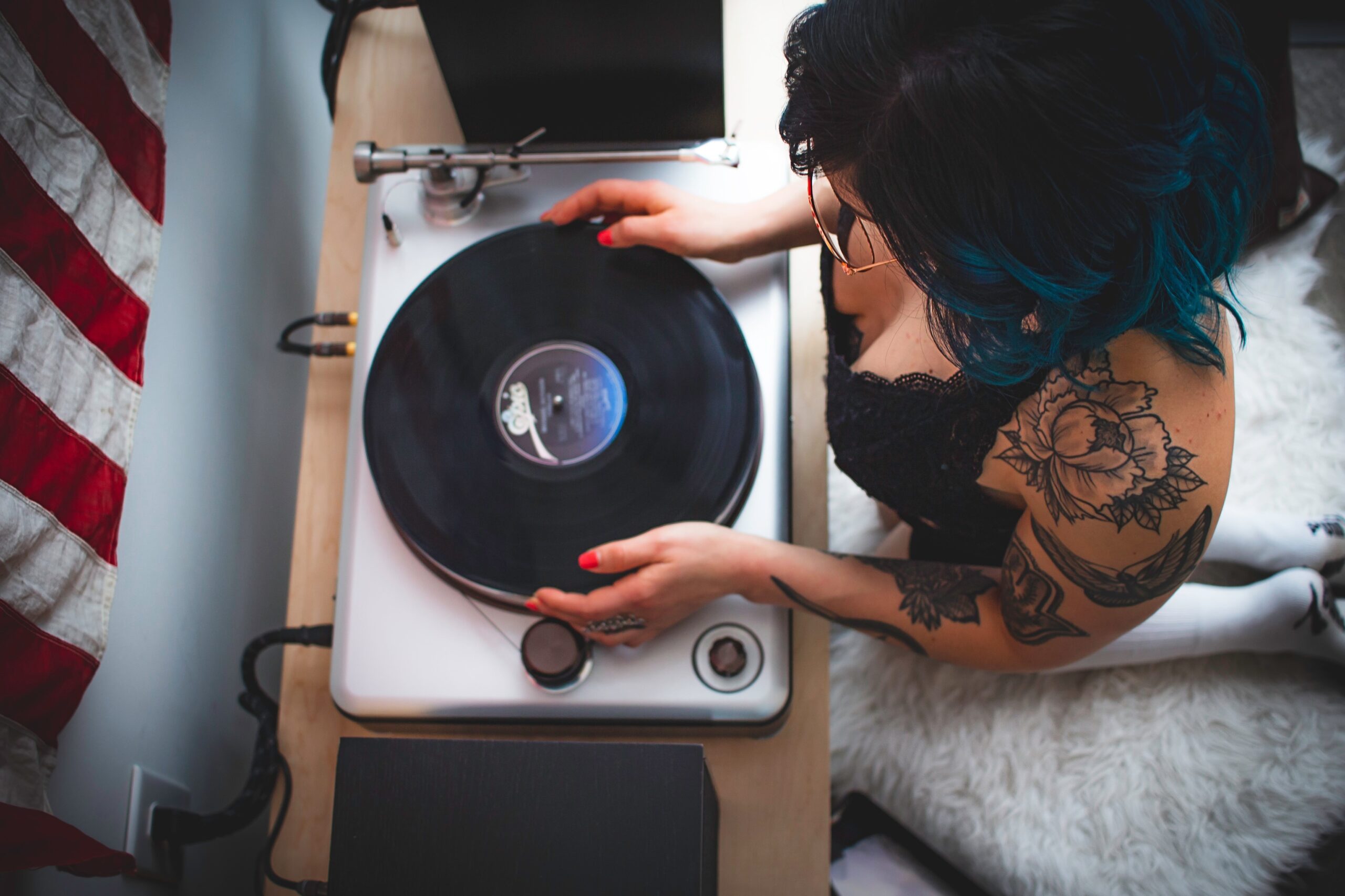Learn the language of audiophiles with this beginner’s guide to common audiophile terminology. Discover what terms like soundstage, resolution, and dynamics mean and how they can affect your listening experience.
If you’re new to the world of audiophiles, you may be wondering what all the jargon means. Here is a beginner’s guide to some of the most common audiophile terms:
- Audiophile: An audiophile is someone passionate about high-quality audio reproduction. They are often willing to spend a lot of money on equipment and listening conditions to achieve the best possible sound.
- DAC: A DAC (digital-to-analog converter) is a device that converts digital audio signals into analog signals. This is necessary to play digital audio files through speakers or headphones.
- AMP: An amplifier is a device that increases the power of an audio signal. This is necessary to drive speakers to a listenable volume.
- Speakers: Speakers are the transducers that convert electrical signals into sound waves. There are many different types of speakers, each with its strengths and weaknesses.
- Headphones: Headphones are a type of speaker worn on the head. They are popular for certain audiophiles because they provide a more immersive listening experience.
RELATED: 10 Audiophile Tips To Get Better Sound From Your Hi-Fi!

Here are some other common audiophile terms:
- Soundstage: The soundstage is the perceived location of the instruments and vocals in a recording. A good soundstage can make a recording sound more realistic and engaging.
- Resolution: Resolution is the ability to reproduce fine details in a recording. A high-resolution system can produce more details than a low-resolution system.
- Dynamics: Dynamics is the range of volume levels in a recording. A good system should be able to reproduce both quiet and loud passages with clarity.
- Transparency: Transparency is the ability to reproduce the original sound without adding any coloration. A transparent system will allow you to hear the music as it was intended to be heard.
- Frequency response: The frequency response of a system is the range of frequencies that it can reproduce. A flat frequency response is desirable, as it means that all frequencies are reproduced equally.
- THD (total harmonic distortion):** THD (total harmonic distortion) measures the amount of distortion in a system. A low THD is desirable, as it means that the sound is more accurate.
- SNR (signal-to-noise ratio): SNR (signal-to-noise ratio) measures the difference between the signal and the noise in a system. A high SNR is desirable, as it means that the sound is less distorted.
- Impedance: Impedance is the resistance a speaker or headphones places on an audio circuit. The speakers or headphones’ impedance should match the amplifier’s impedance to prevent possible damage to components or distortion.
- Cables: Cables connect the various parts of a system and can have a significant impact on sound quality. High-quality cables can improve the clarity and detail of the sound.
- Listening environment: The listening environment can also have a significant impact on the sound quality. A good listening environment will be quiet and free from echo.
RELATED: How To Build A Brilliant Budget Audiophile System In 5 Steps!
Here’s a list of deeper audiophile terminology:
- Airy: A term used to describe sound perceived as being spacious and open.
- Bit depth: The number of bits representing each sample in a digital audio file. A higher bit depth results in a more accurate representation of the sound.
- Burn-in: The process of playing music through a new piece of audio equipment for a period of time to break it in and improve its sound quality.
- Clipping: A distortion that occurs when the signal level exceeds the limits of the audio system. This can cause the sound to become distorted and unpleasant.
- Dead spot: A location in a listening room where the sound quality is poor. This can be caused by reflecting surfaces or other acoustical problems.
- Diffusion: The scattering of sound waves in all directions. This can help to create a more natural and spacious soundstage.
- Imaging: The ability to hear the location of instruments and vocals in a recording. A good imaging system will make the soundstage seem more realistic and engaging.
- Intermodulation distortion (IMD): A type of distortion that occurs when two or more frequencies are mixed together. This can cause the sound to become distorted and unpleasant.
- Noise floor: The level of background noise in an audio system. A low-noise floor is desirable, as it means that the sound will be more transparent.
- Sibilance: A harsh, high-pitched sound that can be caused by certain consonants, such as “s” and “t.”
- Timbre: The quality of a sound that distinguishes it from other sounds of the same pitch and loudness.
- Tonal balance: The relative levels of different frequencies in a sound. An excellent tonal balance will make the sound sound natural and pleasing to the ear.
These are just a few of the many terms that are used by audiophiles. You will come across many other terms as you learn more about the hobby. The best way to learn about audiophile terminology is to read books, magazines, and websites about the subject. You can also talk to other audiophiles and attend audio shows and events.
With a little effort, you can learn the language of audiophiles and start describing your listening experience with greater ease.
We hope this article was helpful. Please let us know if you have any other questions!
Hifitrends is reader-supported. We may earn an affiliate commission when you purchase through links on our site. Prices are subject to change at any time.


Leave a Reply